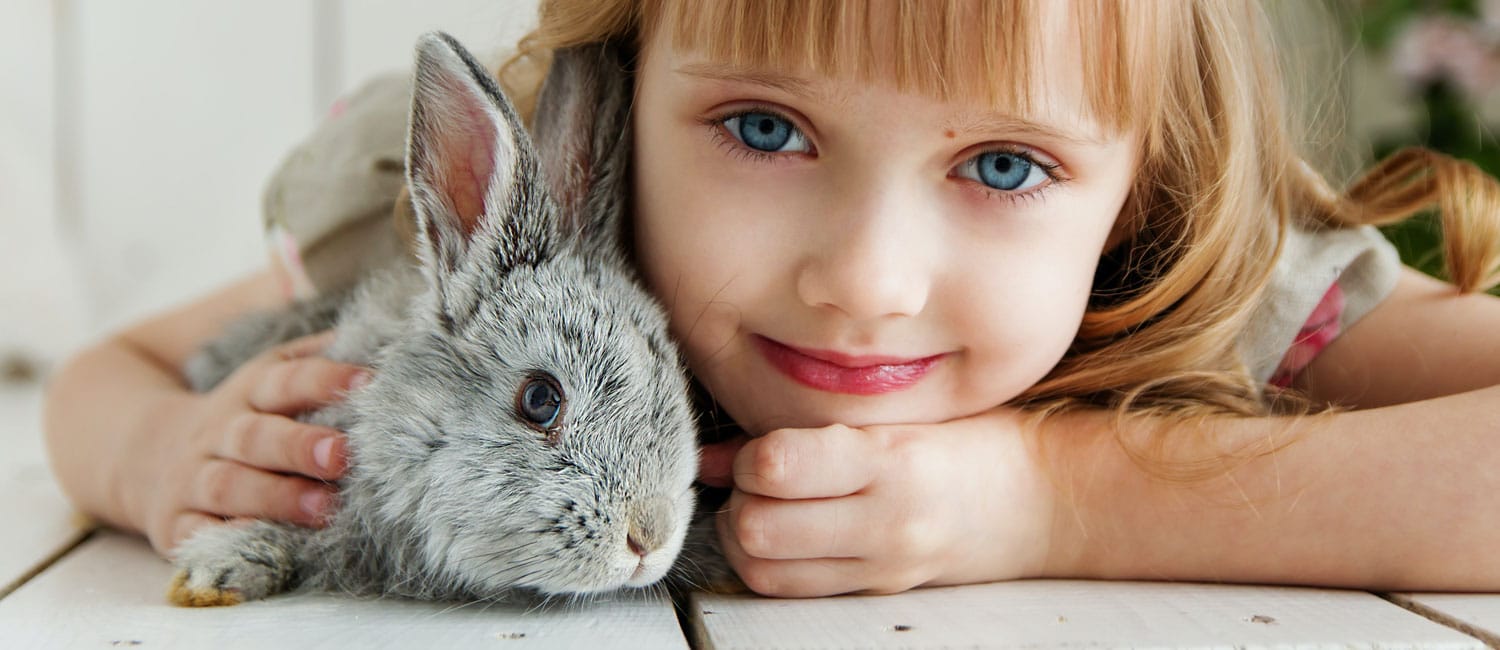Maybe you’ve heard about how owning a pet can help teach children responsibility. Or maybe your child has been begging for a furry friend. Or maybe your childhood was full of animals and you want to recreate that magical experience for your own child.
Whatever the reason, if you’ve decided to get a pet for your child, you are going to want to focus on making sure that you pick the right companion. Owning a pet is a big responsibility for both you and your child. Choosing a pet shouldn’t be taken lightly.
Here are some tips you’ll want to keep in mind.

Make sure you’re really ready
Even if you think you’re ready, make sure that you’re really ready. Even though it is your child’s pet and they will be responsible for taking care of it, do be aware that you will also have to play a role in ensuring that the pet is being properly cared for. It’ll be your responsibility to teach your child how to take care of the animal. You’ll also have to step in during the times your child needs help. Plus, keep in mind that the financial responsibilities of the animal will likely fall on you.
Consider the child’s needs
Your own child’s unique needs should be taken into consideration when choosing a pet. If you have a child that struggles to make friends, a loyal dog could give them a confidence boost. Or if your child has allergies, consider a hypoallergenic dog breed. You should also consider your child’s temperament when choosing a pet. A rambunctious child might need an energetic dog to play with, while a calm child might appreciate snuggling up and reading a book with a cat. Your child might also have an opinion on what type of pet they want.
Child’s maturity matters
Some people base the decision to get a pet for their child off of their child’s age. They assume that because their child is eight, they are ready to take care of a pet! However, don’t base your decision on your child’s age, but on how mature they are. Some preschoolers are calm and mature enough to handle the responsibility of taking care of a pet if they have reminders, but some older kids would be too careless! You know your child best and know what they can handle.
Cage-pets for beginners
Don’t overlook the value of a cage-pet for your child. Cage-pets, such as hamsters, mice, rats, birds, and leopard geckos, require less maintenance than a dog or a cat. Many rodents are actually quite clean, easy to care for, and enjoy being held especially rats. Leopard geckos are easy reptiles to take care of and can be fascinating to watch. Other cage-pets that shouldn’t be overlooked are birds, which some children find entertaining. A cage-pet allows you to introduce responsibilities to your child, such as the need to feed the pet and clean the cage.
Dogs and cats need daily care
Dogs and cats are among the most cuddly pets, but they require daily care and maintenance. They will be an intricate part of the household and can quickly take over the entire house! Many children develop a deep bond with their dog or their cat. However, depending on the maturity of your child, they might not be ready for the daily responsibility of having to take care of their pet. Deciding to adopt a dog or a cat needs to be a family decision because every family member will be impacted in some way.
Volunteering as an alternative
If you decide that your child isn’t ready for taking care of their own animal, you can always consider having your child volunteer at an animal shelter. Volunteering at an animal shelter is a great way for your child to realize all of the daily care that is needed to take care of an animal, but doesn’t make you or your child solely responsible for the animal. It is also possible that volunteering at a shelter will eventually give your child the skills that they need to take care of their own pet one day!
If you decide to move forward with getting a pet for your child, make sure to involve your child in the process as much as possible. Take your child with you to the pet store or the local shelter and allow them to spend time with the animals so that they can pick their own pet.

